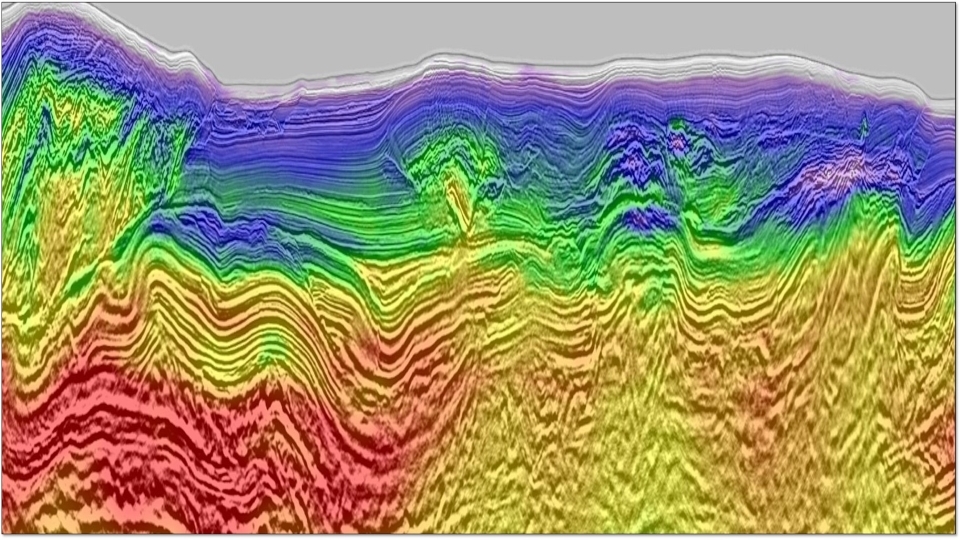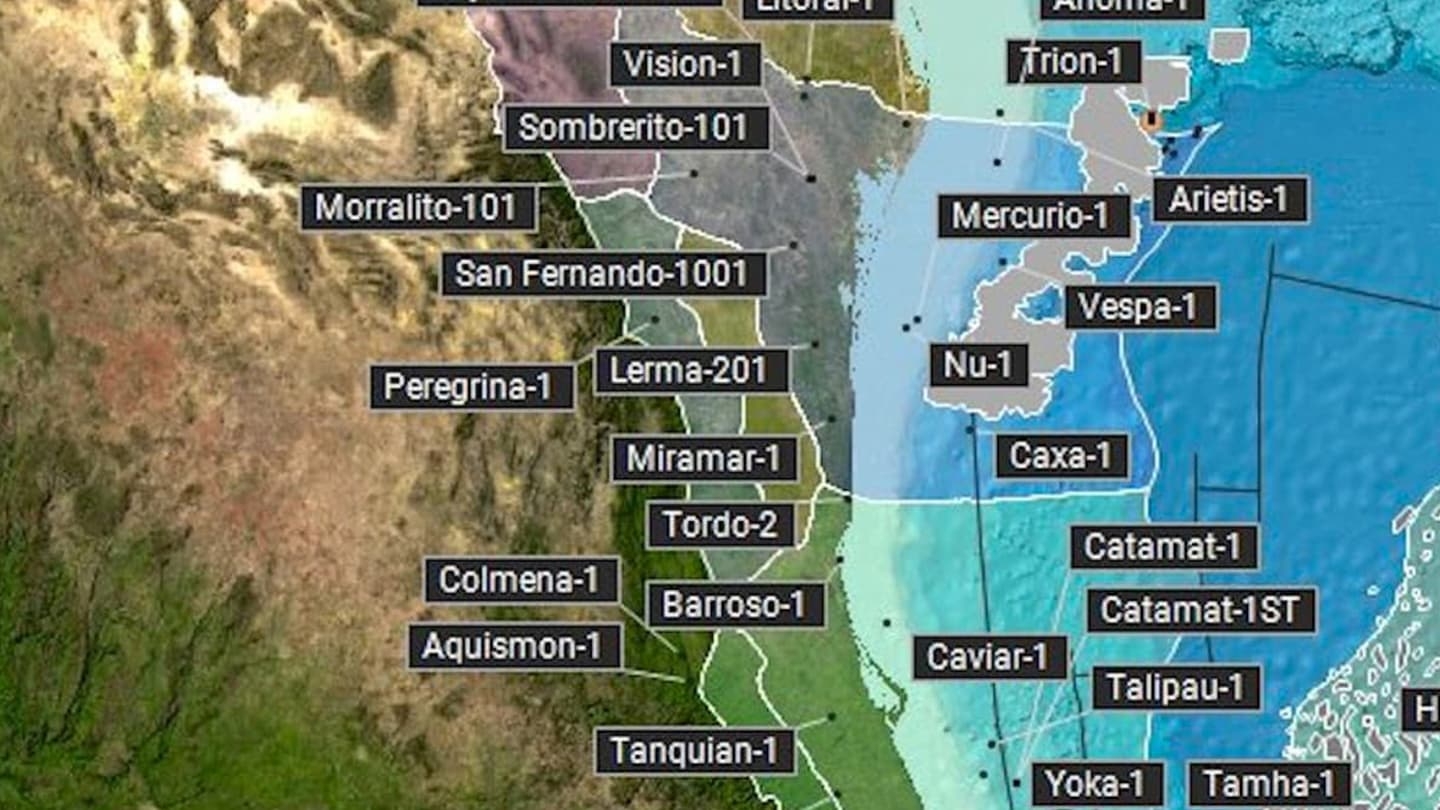Changes in fracture direction across interfaces can have an important impact on PS-wave reflection coefficients in azimuthally anisotropic media. Extending conventional joint inversion with P-waves to include amplitude variations with azimuth (AVAz) would use radial and transverse reflection coefficients (RPSV and RPSH, respectively), and ...
Technical Content
We presented a joint tomography flow for OBN and streamer WAZ data in deep water Gulf of Mexico. This tomography provides the method to utilize surface offset gathers from surveys with different shot and receiver datums together for joint tomography. By incorporating both OBN ...
Assessing the Value of Low Frequencies in Seismic Inversion
Assessing the Value of Low Frequencies in Seismic Inversion
We discuss methods to quantify the impact, reliability and value of low frequencies as provided in modern towed streamer broadband acquisitions. Acquisition, processing and inversion all have a role to play in creating reliable low frequency data. In this paper, focusing on marine data ...
Fault Shadow Removal over Timor Trough using Broadband Seismic, FWI and Fault Constrained Tomography
Fault Shadow Removal over Timor Trough using Broadband Seismic, FWI and Fault Constrained Tomography
Thrust complex imaging in the Timor Trough suffers from the fault shadows due to strong lateral velocity variation. We demonstrate a new workflow to tackle this. Broadband seismic data were acquired with high signal-to-noise ratio of low frequency. With broadband input, FWI derived better ...
The impact of inter-bed multiple attenuation on the imaging of pre-salt targets in the Santos basin off-shore Brazil
The impact of inter-bed multiple attenuation on the imaging of pre-salt targets in the Santos basin off-shore Brazil
The carbonates in the pre-salt area of the Santos basin off-shore Brazil are good candidates for potential reservoirs of hydrocarbons. The presence of highly reflective stratified salt in this basin, combined with the focusing of energy due to the concave shape of these reflectors ...
Data reconstruction using a six-dimensional model space
Data reconstruction using a six-dimensional model space
While 5D data reconstruction has become widespread in recent years, we show that the use of 5D model spaces in some settings may result in sub-optimal handling of structures exhibiting HTI traveltime behaviour. To overcome these problems we propose the use of a 6D ...
3D designature using source-receiver symmetry in the shot tau-px-py domain
3D designature using source-receiver symmetry in the shot tau-px-py domain
While sufficient for many deep water datasets, vertical designature in shallow water environments can lead to unsatisfactory levels of ringing and amplitude striping, particularly on outer streamers where the assumption of a vertical farfield signature is least accurate. In this paper we modify the ...
Joint 3D source-side deghosting and designature for modern air-gun arrays
Joint 3D source-side deghosting and designature for modern air-gun arrays
Receiver deghosting has been widely used to extend the bandwidth of marine seismic data. Efforts have also been made to remove the source ghost and signature to further maximize the bandwidth of the acquired seismic data. We present an inversion scheme for angle-dependent source ...
Dip constrained tomography as applied to subsalt North Sea data
Dip constrained tomography as applied to subsalt North Sea data
We use a North Sea example to demonstrate that the use of geological constraints in this extended tomography allows improving the focusing of the seismic image and providing a more geologically plausible velocity model also below complex overburdens.





